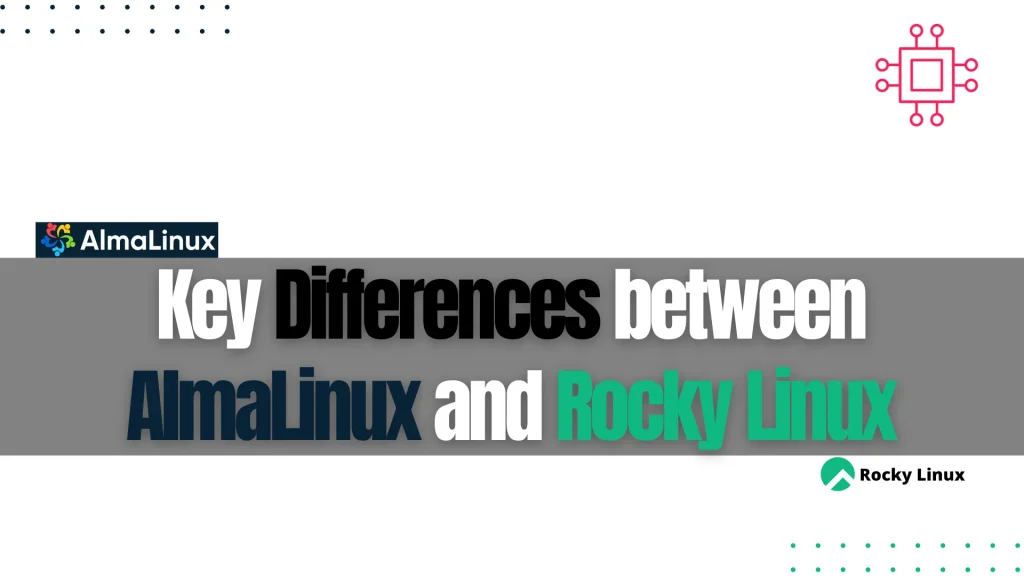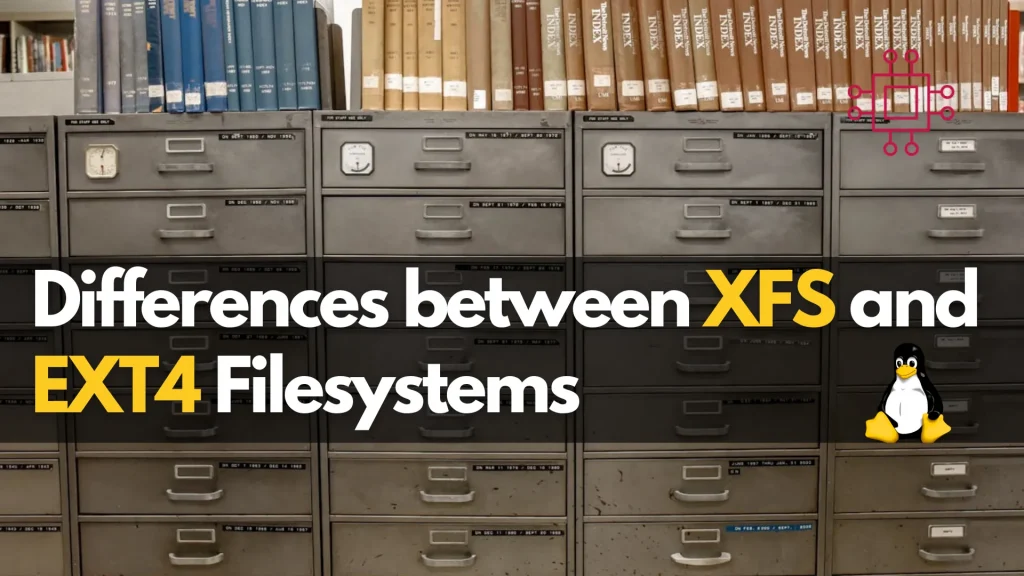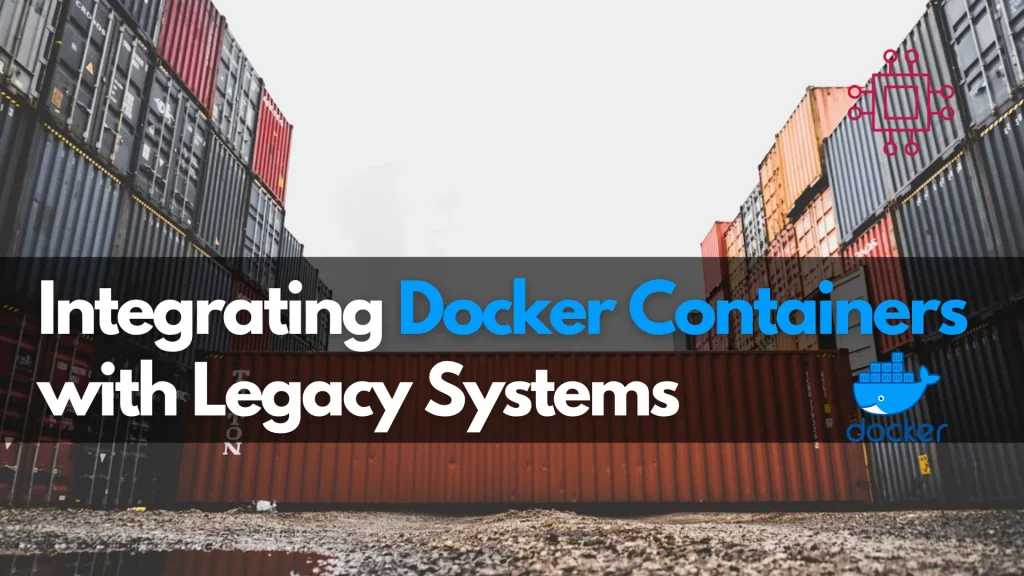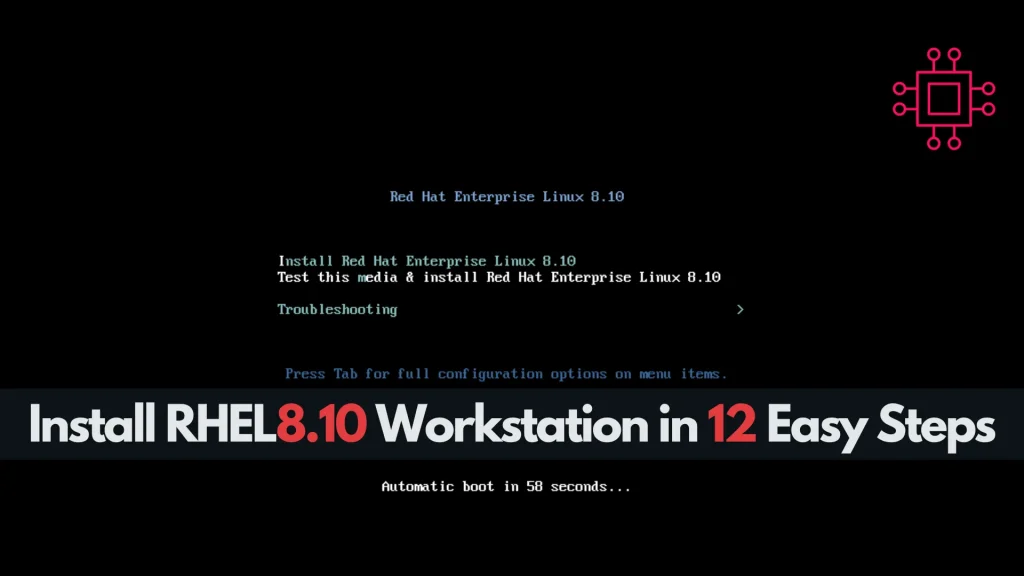Install and Use Sysbench on RHEL 9 | CentOS 9

Learn how to install and use Sysbench on RHEL 9 and CentOS 9 to benchmark CPU, memory, disk, and database performance. Step-by-step instructions, CLI examples, and optimization tips included. Table of Contents Introduction Sysbench is a versatile, modular, and open-source benchmarking tool widely used to evaluate system performance in various environments. It can test CPU, […]
Key Differences Between Rocky Linux and AlmaLinux

Explore the key differences between Rocky Linux and AlmaLinux in this comprehensive guide. Learn about their origins, features, community support, and ideal use cases to help you choose the right distribution for your server needs. Perfect for CentOS users transitioning to a stable, RHEL-compatible environment. Table of Contents Introduction In the ever-evolving landscape of Linux […]
Virtualbox vs. KVM: What Sets Them Apart?

Explore the differences between Virtualbox and KVM in this comprehensive comparison. Discover which virtualization solution suits your needs best, whether you prioritize ease of use or top-notch performance. Dive into key features, performance capabilities, and use cases to make an informed decision. Table of Contents Introduction In the realm of virtualization, two heavyweights often stand […]
Differences between XFS and EXT4 Filesystems

Discover the differences between XFS and EXT4 filesystems in our comprehensive blog post. Learn about performance, scalability, reliability, and more to make an informed decision for your Linux-based system. Table of Contents Introduction When it comes to choosing a file system for your Linux-based system, two of the most popular options are XFS and EXT4. […]
Generate Letsencrypt Wildcard Certificates with Certbot: A Comprehensive Guide

In this guide, we’ll delve into how to generate Letsencrypt wildcard certificates using Certbot, ensuring secure connections for your main domain and all its subdomains. Table of Contents Introduction In today’s digital landscape, securing your website with SSL/TLS encryption is paramount. Not only does it protect sensitive data transmitted between your website and its visitors, […]
Install Neovim on RHEL 9

Learn how to install NeoVim on RHEL 9 with this step-by-step guide. Includes CLI examples, configuration tips, and plugin setup to enhance your editing experience on RHEL. Table of Contents Introduction Neovim is a powerful, extensible text editor that’s rapidly gaining traction among developers, system administrators, and power users. With features like better plugin management, […]
20 Essential curl Commands for Developers and Sysadmins

Explore 20 essential curl commands for developers and sysadmins. From GET requests to file uploads and HTTP headers, this guide covers practical examples to enhance your command-line skills. Table of Contents Introduction The curl command-line tool is an indispensable utility for developers, system administrators, and network engineers who regularly interact with web services and remote […]
Install Confluence on RHEL 9 | CentOS 9

Learn how to install Confluence on RHEL 9 or CentOS 9 with this detailed step-by-step guide. Includes prerequisites, database setup, CLI examples, and optional reverse proxy configuration. Table of Contents Introduction Confluence is a powerful collaboration tool developed by Atlassian, designed to help teams manage projects and share knowledge efficiently. Installing Confluence on RHEL 9 […]
Integrating Docker Containers with Legacy Systems

Discover the challenges and solutions for integrating Docker containers with legacy systems. Navigate the complexities of compatibility, security, and performance to unlock the full potential of modernizing your infrastructure. Table of Contents Introduction So, you’ve embraced the power of Docker containers – the holy grail of modern software development. They offer portability, scalability, and efficiency […]
Install RHEL 8.10 Workstation in 12 Easy Steps

Learn how to install RHEL 8.10 Workstation in 12 easy steps. This detailed guide covers everything from preparing a bootable USB to post-installation setup, making it easy for anyone to set up a stable, secure Red Hat environment. Table of Contents Introduction Red Hat Enterprise Linux (RHEL) is a leading enterprise-grade Linux distribution known for […]
